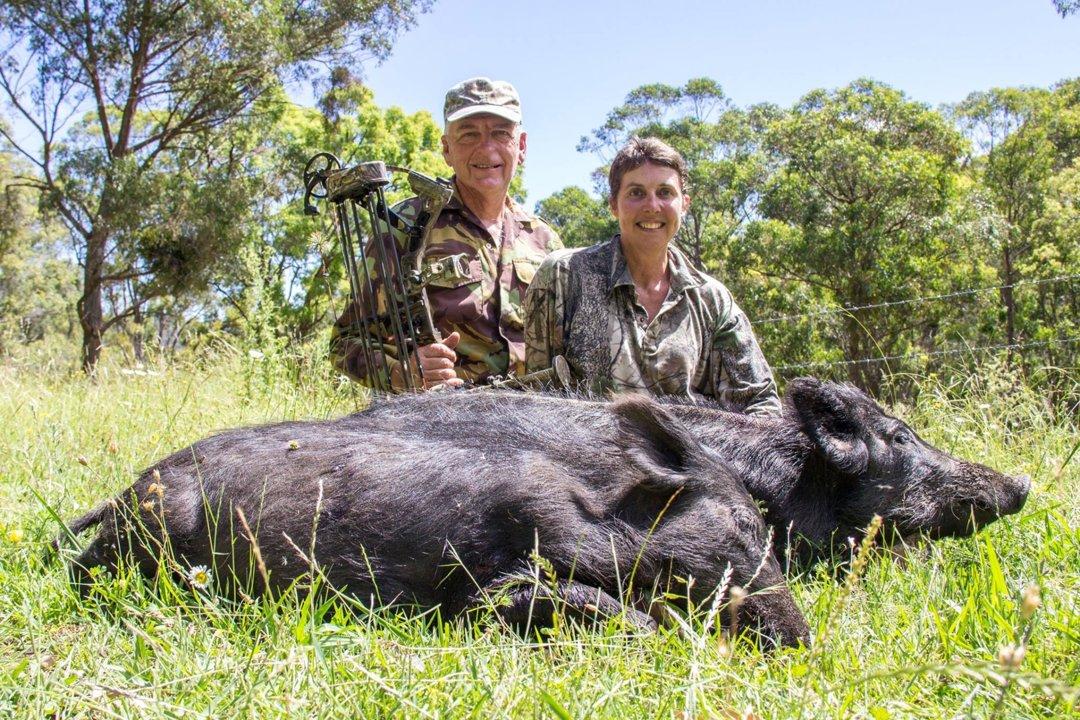
Hunting in Bundibugyo, Uganda: A Rugged Frontier for Adventurous Hunters Seeking Thrilling Experiences (Part I) Geographical Features and Natural Landscape Bundibugyo, a district nestled in the Western Region of Uganda, is a rugged frontier that offers adventurous hunters and cultural enthusiasts a unique and thrilling experience. The region is characterized by its dense forests, expansive savannahs, and the stunning landscapes of the Rwenzori Mountains, which provide a diverse array of habitats for various game species. The varied topography and rich biodiversity make Bundibugyo a prime location for a variety of hunting activities. The area is also home to several wetlands and rivers, which further enhance the diversity of wildlife and hunting opportunities. Demographics and Hunting Community Bundibugyo is home to a diverse mix of indigenous tribes, including the Bakonzo and Bamba people, who have a rich cultural heritage and a long-standing tradition of hunting for sustenance and
Post: 18 July 06:11
















































